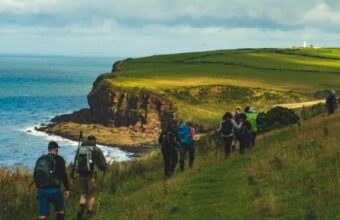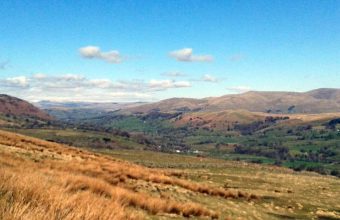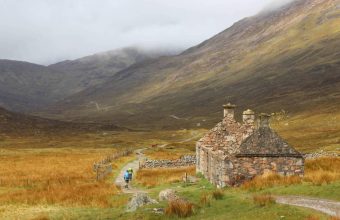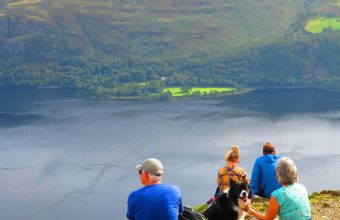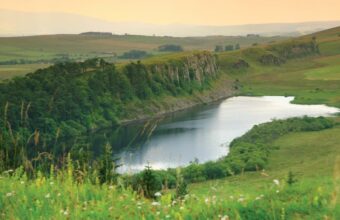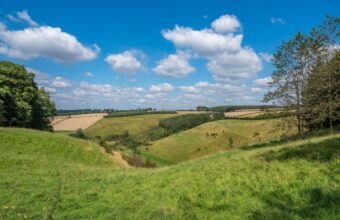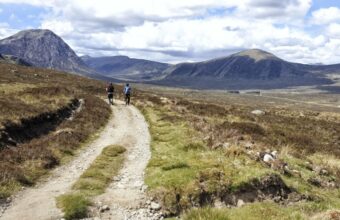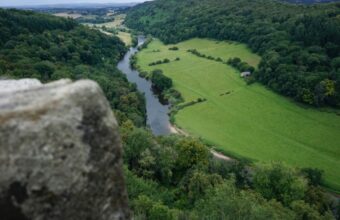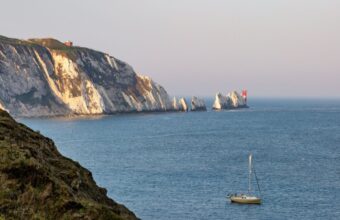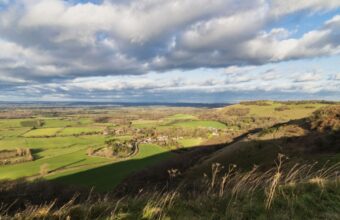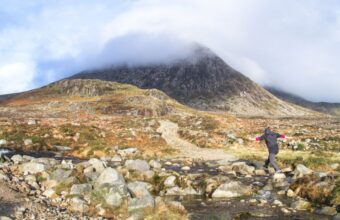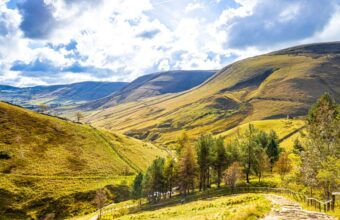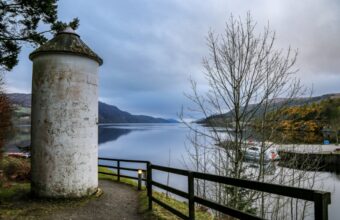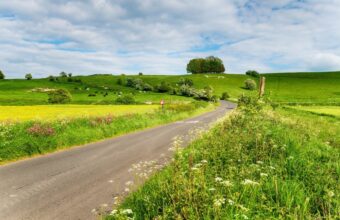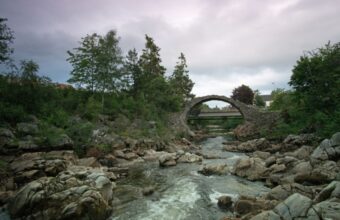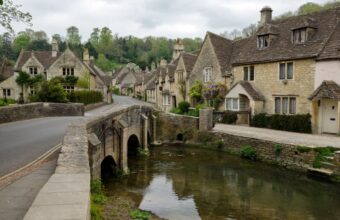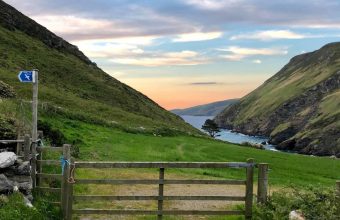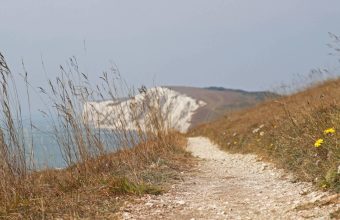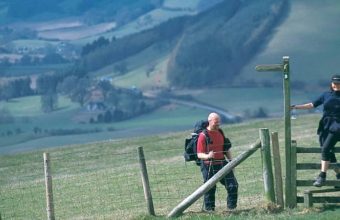The best walking holidays in the UK
An essential guide to planning a walking holiday in the UK
I’ve been walking in the UK for decades, revisiting the popular spots and seeking out hidden gems in my role as a travel journalist and TV researcher.
If you're planning a walking holiday in the UK, you'll already know the obvious – and often busy – hotspots; the Cotswolds, Lake District, the Scottish Highlands, and so on. But beyond the honeypots there are countless places you may not have heard of. If I had to pick an absolute best place to walk in the UK, it would be my native southwest; the counties of Cornwall, Devon, Somerset and Dorset, but all the following recommendations are well worth your time.
In the following pages I’ll give you my personal recommendations on the UK's best walking holidays – the popular spots, plus some of my favourite hidden gems. Lace up your boots and happy walking!
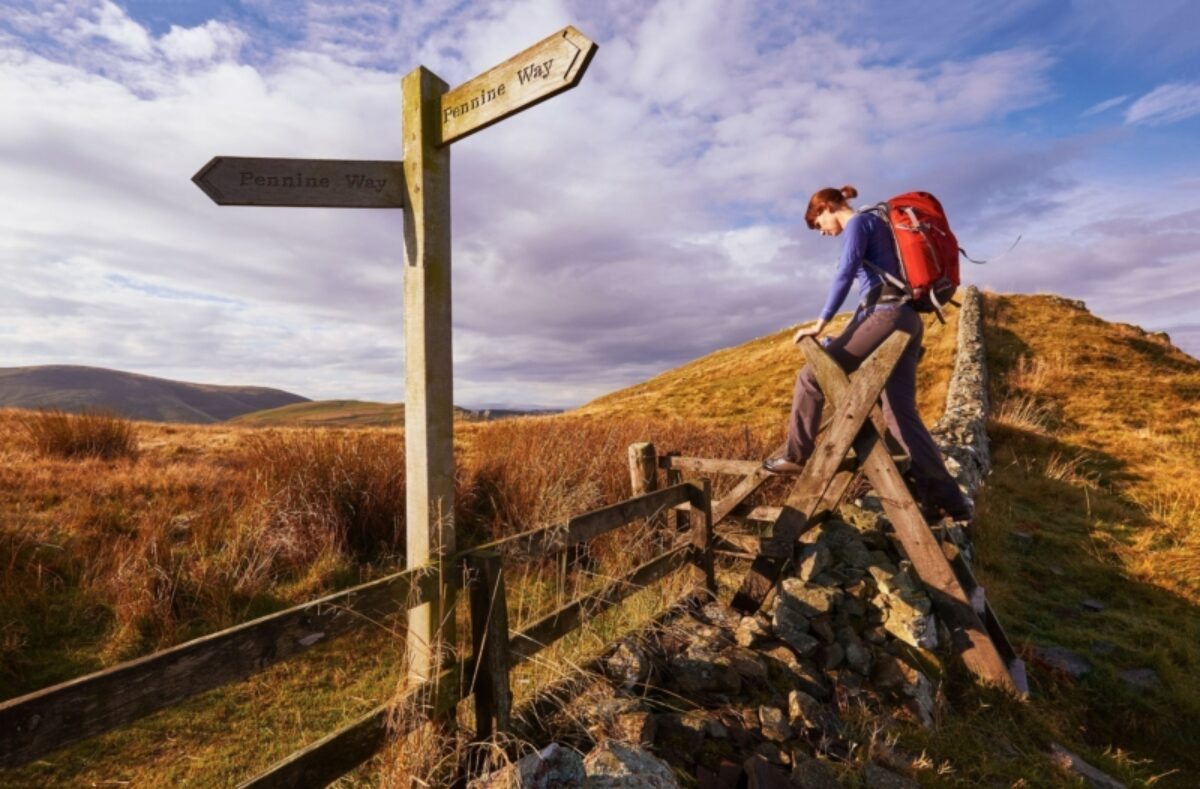
The Pennine Way, the UK's oldest way marked walking trail
The best walking holidays in the UK
The UK's most popular walks and some hidden gems
-
South West
-
England
-
Pembrokeshire
-
Outer Hebrides
-
Northumberland
-
Yorkshire Wolds
-
The Highlands
-
The Highlands
-
The Lowlands & Central Belt
-
Lake District
-
Worcestershire
-
Loch Lomond & the Trossachs
-
Monmouthshire
-
Isle of Wight
-
Yorkshire Dales National Park
-
Knoydart
-
Northern Ireland
-
South Downs
-
Mourne Mountains
-
The Northern Isles
-
The Peak District
-
The Highlands
-
Wiltshire
-
The Highlands
-
Norfolk
-
Cotswolds
-
The Highlands
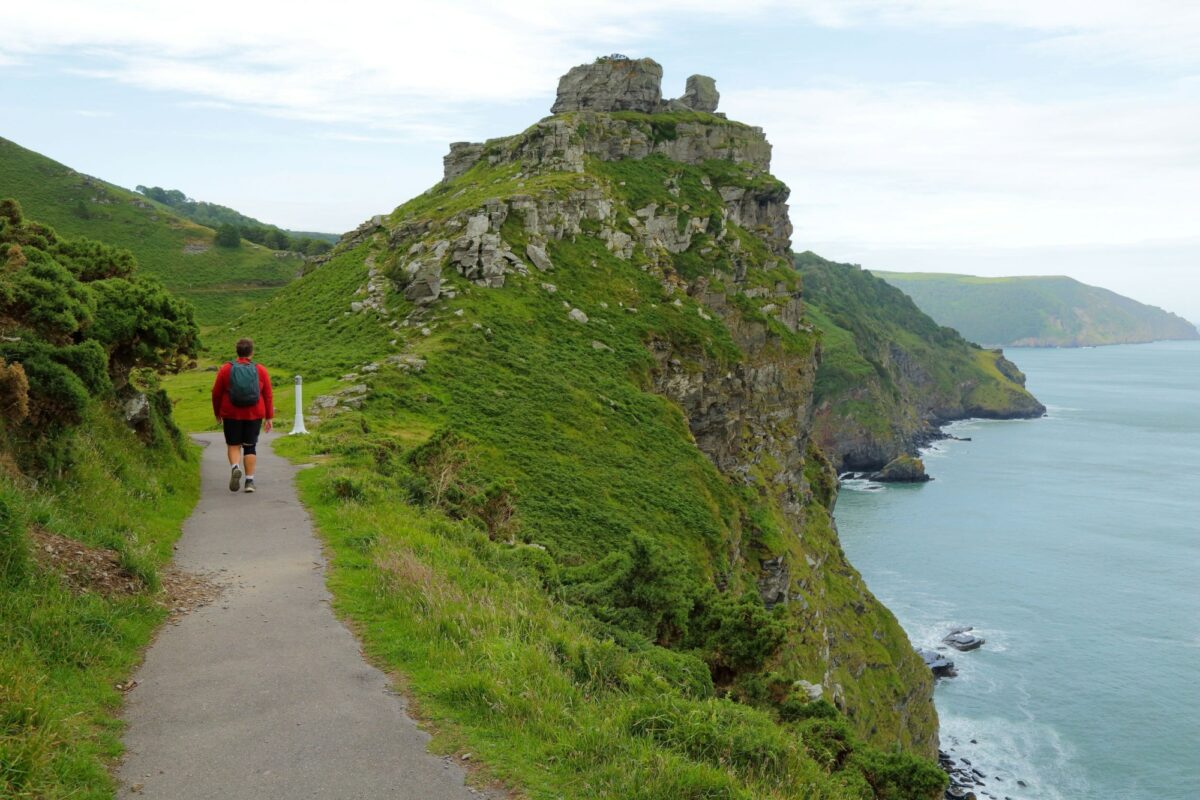
Valley of the Rocks, Exmoor, on the South West Coast Path
Walking holidays in the UK: Need to know
Everything you wish you'd known before you booked
The United Kingdom is a walking holiday paradise: Hundreds of thousands of miles of well-mapped public footpaths, beautifully varied landscapes, excellent hospitality, and easily accessible. It’s no wonder this is a nation of walkers.
From the Scottish Highlands to the South Downs and almost everywhere in between, walker-friendly accommodation, well organised baggage transfer services and convenient transport connections make organising walking trips a piece of cake.
And don’t forget the British USP: almost every day of walking can be rounded off in that most unique and ancient of British institutions: the village pub, a welcoming place to rest, drink, usually eat, often stay and always experience an easy way to meet the locals.
Self-guided vs guided walking holidays
There are three broad categories of walking holidays in the UK: Fully independent, an organised but self-guided holiday, or an escorted tour, typically with a guide and a group of other walkers.
Fully independent
The cheapest and most flexible option, and particularly easy in the UK. Simply plot your itinerary, book your own accommodation and off you go. On the more popular long distance paths you'll find baggage transfer services, either as a standalone service or an optional add-on from your B&B.
Most walking trails in the UK are well marked, particularly the National Trails and the coastal paths, and they are usually covered by a comprehensive, easy-to-follow guidebook. My top tip: Invest in a walking guide. It’ll be the best £10 you spend on your trip.
Recommended guidebooks
The information on the following pages is intended to help you decide what, when and where your next walking holiday should be. Once you've booked your trip it's wise to invest in a detailed, location-specific walking guidebook. There are lots on the market, the following are particularly recommended:
Cicerone Guides are the best-known source of up-to-date walking guides, with a range of around 350 practical, pocket-sized books and around 30 new editions a year. Expect to pay between £9 and £16 for a guide.
Trailblazer guides are highly recommended by walkers and travel writers alike with a level of detail and usability that is second to none, and large-scale maps that are drawn from scratch.
Look out too for Poucher’s Guides, published by Frances Lincoln and highly rated by walkers. They’re hard to find today other than secondhand from online sources. Other good titles are Crimson Publishing’s Pathfinder Guides or the Inn Way Series.
Organised/self-guided walking holidays
This is by far the most common and popular mode of walking holiday in the UK.
On a self-guided walking holiday a specialist walking company will tailor an itinerary to your level and the distance you'd want to walk each day, and will book your accommodation and baggage transfer for each overnight stop.
There's an obvious benefit to having someone else worry about the logistics and bookings, but the main advantage is tapping the valuable expertise of a specialist travel company who knows the area. They know the terrain and can tailor your daily walking to suit your level, they'll have reliable baggage transfer services, and they'll know the best B&Bs (and may be able to secure preferential rates). Most importantly they'll know all the important little details, such as booking accommodation close to the footpath – it's surprisingly easy to finish a day's walking and realise you're still several miles from your B&B!
Escorted/group walking tours
For those who don’t trust their navigational skills or just prefer to walk with others, escorted tours offer fully supported group walks with an experienced guide. This also removes the hassle of having to plan your trip—a nice feeling when you’re on a holiday. Trips usually include accommodation, transport arrangements, baggage transfer, minibus back-up and, of course, a guide.
The downside is that you won’t be able to stop where and when you want, to take that afternoon snooze on a sunny riverbank, to spend an extra few minutes lining up that perfect selfie, or to take an extra rest day in an idyllic fishing village you discover you have a soft spot for.
Point-to-point vs centre-based walking holidays
Classic point-to-point (sometimes marketed as ‘inn-to-inn’) walking trips follow a single route for the duration of your holiday. This allows walkers to tackle long distance trails and enter into the purposeful mindset of accomplishing a single, longer journey with a rewarding sense of completion at the end.
The downsides are of course a lot of planning for changing accommodation and refreshment on a daily basis. It may mean organising a luggage transfer service, either formally with a specialist company, via taxi, or through your accommodation. You’ll never be settled and feel at home in one place and may be forced to walk to the next accommodation whatever the weather or state of your legs.
Centre-based walking holidays are a more relaxed option, although if your centre is Llanberis in Snowdonia or Windermere in the Lakes you could be in for a very challenging series of day walks. The choice of home base becomes more important if you are spending every night of the holiday there.
If your holiday is more than a couple of days your walks from the same base are likely to involve some repetition, but that’s not necessarily a bad thing if the scenery is truly great. You will never get the same smug feeling of completion at the end of a two-week hike but balance that with the compensation of being able to do something different whenever you fancy or find a short cut back to your accommodation if it starts raining. You can adapt to the weather and your energy levels in a way that point-to-point walkers can’t.
Muddying the waters further is the option of dual (or more) centre trips. There’s nothing stopping you spending several days in one place and then moving on to the next. A specialist walking holiday company can create a suitable itinerary.
How much does a UK walking holiday cost?
Costs vary depending on your chosen flavour of trip and can fluctuate significantly by location. Prices are generally higher the further south you go, but also spike in tourist hotspots like the Lake District and the Cotswolds. Solo travellers will often pay more for accommodation than a couple would pay per person.
Fully independent
(per person)
Accommodation (B&B/walking inns): £50 - £100 per night
Evening meals (in pubs/hotel restaurants): £15 - £20 per day
Baggage transfer, if applicable: around £10 per day per bag
Extras (lunch, snacks, entrance tickets): £5 - £20 per day
Self-guided walking holidays
Between £80 and £150 per person per day, depending on the location. Typically includes accommodation, breakfasts, bag transfers and all other logistics.
Escorted/group walking holidays
One week escorted tour: depending on standard of accommodation, from £700 to £1,000 (including accommodation & breakfast, but no other meals)
Meals: £120-£200
When to go walking in the UK
The UK has a temperate-maritime climate which brings cold, wet winters and warm(er) but also often wet summers. Surrounded by sea, the country has changeable weather that can vary within short distances and timescales. There can be fine bright walking days at any time of the year, but they can just as quickly turn into wet and windy afternoons!
Summer is almost never too hot to walk but winters can bring snow, particularly in Scotland and on high ground in Wales and northern England.
Overall the north is on average four or five degrees cooler and wetter. The southwest and Wales are mildest but due to prevailing winds from the Atlantic get more rain than eastern areas.
Generally the shoulder seasons of spring and autumn offer the best balance of smaller crowds and more agreeable weather.
Aside from the more remote stretches of the Scottish Highlands, you won’t find any genuine wilderness in the UK. But conditions can still turn treacherous even when you’re relatively close to civilisation. Regardless of the month, sensible preparation and packing all-weather gear is essential.
UK walking resources
Maps, walking guides, apps and other trip planning resources for UK walking holidays.
Walking maps
Ordnance Survey: The gold standard of maps and a national treasure.
Harvey Maps: Specialist walking maps in a variety of scales.

